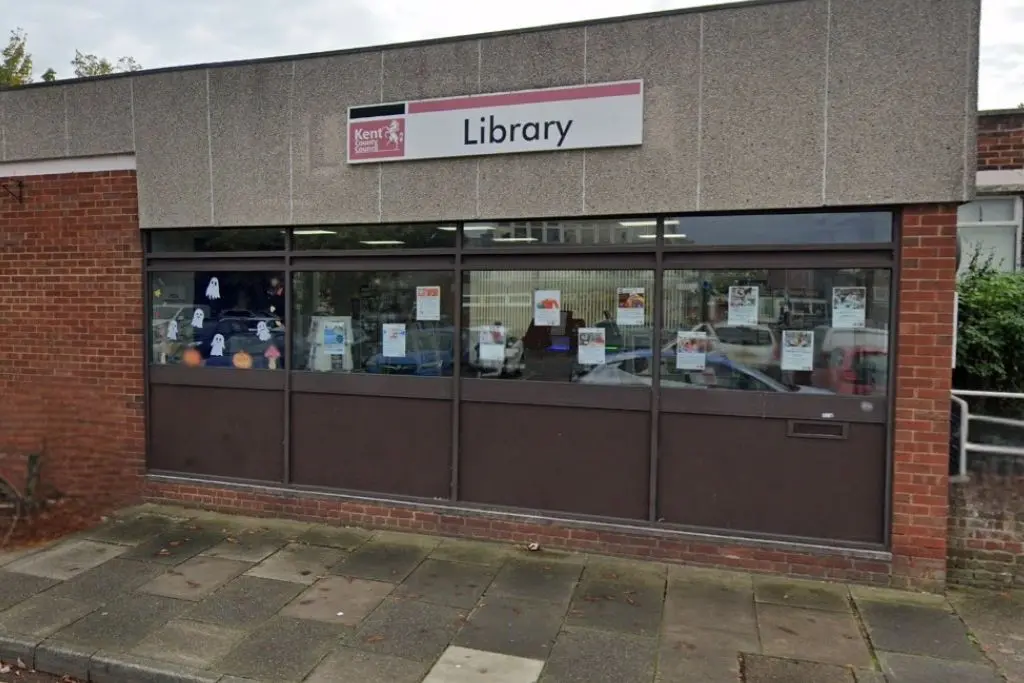Understanding Kent’s Proposed High-Speed Rail Link
What the New Rail Link Entails
The proposed high-speed rail link aims to connect key areas in Kent with faster, more reliable train services. This project focuses on introducing a new railway line designed to reduce travel times to London and other major cities, while easing congestion on existing routes. The plan includes new and upgraded stations in towns such as Ashford, Maidstone, and Canterbury, improving access for both commuters and visitors.
The route is expected to cross several districts, with consideration given to both urban and rural areas. By aiming to integrate with current transport networks, the rail link seeks to offer seamless connections to other services and better support Kent’s transport infrastructure overall.
Why Kent? The Rationale Behind the Project
Kent’s growing population and expanding economy have increased demand on existing rail services, leading to overcrowding and delays, particularly during peak hours. The introduction of a high-speed rail will help alleviate pressure on main lines, improve reliability, and reduce journey times significantly.
Current services often face capacity challenges, limiting opportunities for local businesses and commuters. The new rail link is intended to address these limitations by enhancing connectivity, supporting economic growth, and encouraging sustainable travel choices throughout Kent and beyond.
The Potential Impact on Kent Communities
Economic Opportunities and Growth
The construction and eventual operation of the high-speed rail link are expected to create a range of job opportunities across Kent. During the build phase, roles in construction, engineering, and project management will increase, potentially benefiting local employment rates.
Once operational, improved transport links may attract new businesses, boost tourism, and lead to growth in retail and service sectors. Some areas near stations could see property values rise, reflecting increased demand and enhanced accessibility.
Challenges for Residents and Environment
Construction work may cause disruption to local communities, including noise, vibration, and temporary changes to traffic routes. Some residents may experience impacts due to land acquisition or the introduction of railway infrastructure near existing homes and natural spaces.
The project also raises concerns about the effect on Kent’s landscapes, wildlife habitats, and green spaces. Environmental assessments are underway to identify and mitigate potential damage, with efforts to carefully route the line where possible and incorporate wildlife crossings or planting schemes.
Commuter Benefits and Changes
For commuters, the new rail link promises reduced travel times to London and other key employment areas. Access to education and leisure venues will also improve, broadening opportunities for residents throughout Kent.
Local transport networks may be adjusted to connect efficiently with new stations, including the introduction of feeder bus services or improved cycling routes, offering more comprehensive travel choices and reducing reliance on cars.
The Planning Process: How Residents Can Have Their Say
Current Status and Key Milestones
The project is currently in the detailed planning and consultation stage. Authorities, including Kent County Council and relevant district councils, are reviewing environmental reports, route options, and feedback from initial public meetings.
Upcoming milestones include formal consultation periods where detailed plans will be available for review, followed by decision-making by planning committees. Construction, if approved, is expected to begin within the next few years, with phased completion schedules.
Engaging with the Consultation Process
Residents can access information about the project through local authority websites, public displays, and community meetings. It is encouraged to participate by submitting feedback via official channels, attending information sessions, and contacting local representatives.
Community groups and stakeholders continue to work alongside governmental bodies to ensure a transparent and inclusive process. Relevant contact points include Kent County Council’s transport department and the project’s dedicated consultation team.
Voices from Kent: Local Reactions and Perspectives
Community Concerns and Support
Some residents express concern regarding potential noise, disruption, and changes to cherished local areas. There is apprehension about property impacts and the risk of compulsory land purchases, particularly in rural communities.
Conversely, many local businesses and commuters welcome the prospect of improved connectivity, viewing the project as a catalyst for job creation and economic resilience. Several community organisations highlight the importance of lasting benefits alongside careful management of environmental and social factors.
Expert Opinions on Local Development
Urban planners note that the rail link aligns with long-term regional development goals, supporting sustainable growth and easing road traffic issues. Transport experts caution that successful integration with existing services will be key to maximising benefits.
Many emphasise the need for ongoing monitoring and flexibility in planning to respond to community feedback and environmental considerations as the project progresses.
Looking Ahead: The Future of Transport in Kent
Long-Term Vision and Benefits
This rail link forms part of a broader strategy to improve Kent’s transport infrastructure, aiming to support economic development while reducing environmental impact. Over time, the project is anticipated to foster increased investment, greater housing development near stations, and strengthened links with other regions.
Enhanced public transport options are expected to contribute to lowering carbon emissions by encouraging shifts away from car travel.
Next Steps for the Project
In the coming months, further consultation events will provide opportunities for residents to review updated plans and share their views. Planning authorities will consider feedback before moving towards formal approvals.
Should the project proceed, construction phases will begin with measures to minimise disruption. Continuous community engagement will remain a priority to address concerns and provide updates.
Kent residents are encouraged to stay informed and participate in the ongoing conversation to shape the future of transport in the county.



